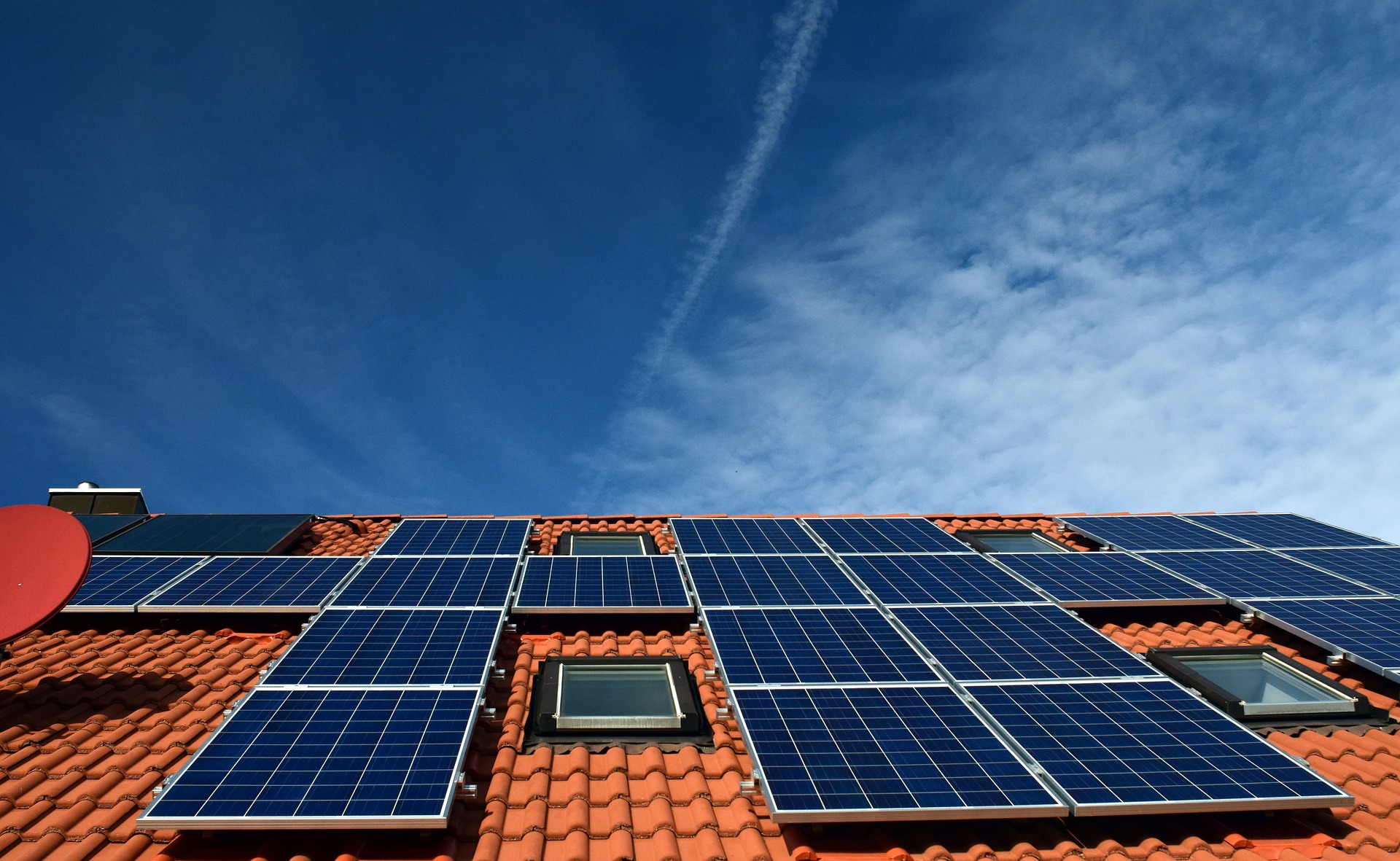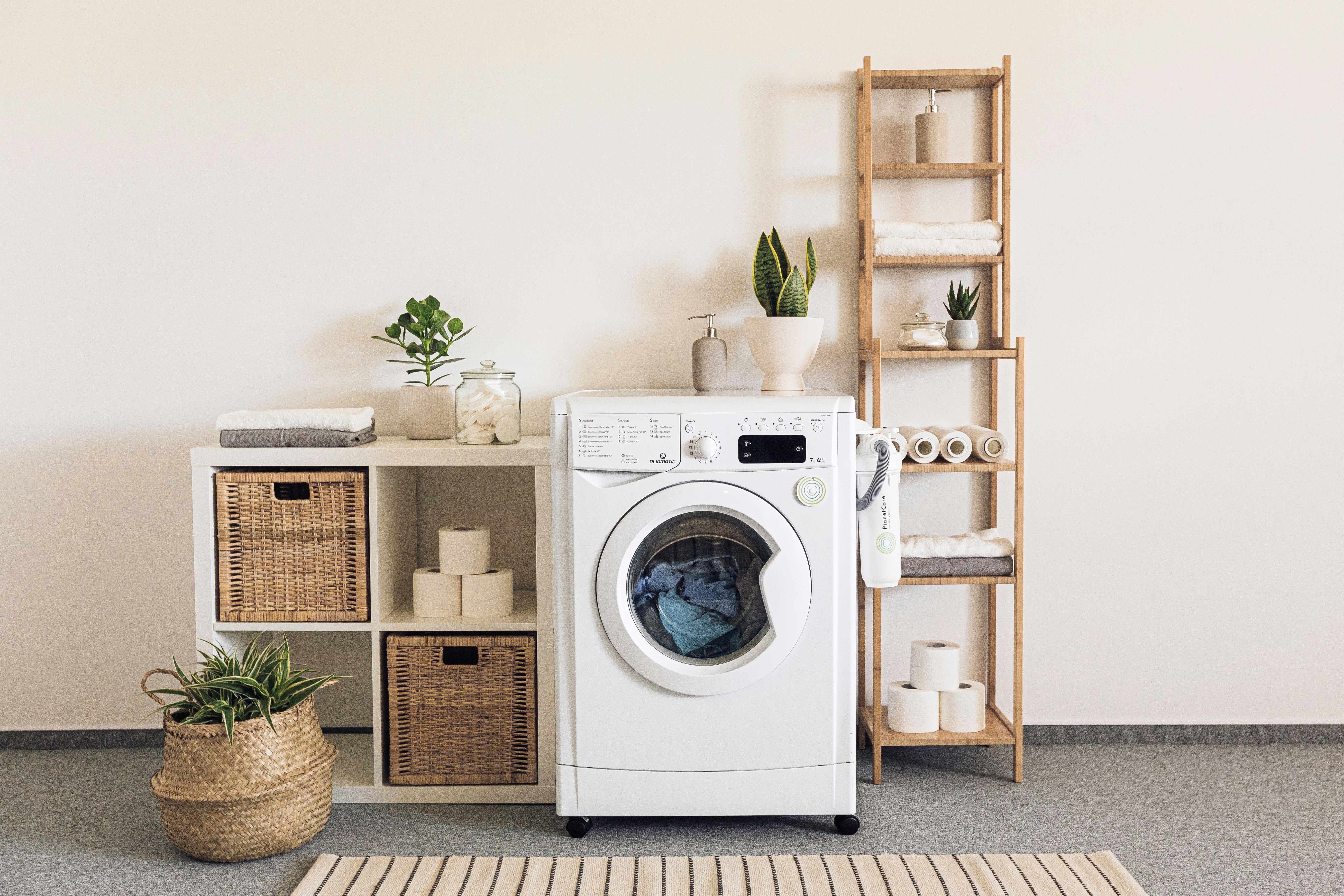What to Know About Solar Roof Tiles and Whether They're the Right Choice for Your Home
Solar energy continues to revolutionize how homeowners power their properties, with solar roof tiles emerging as an aesthetically pleasing alternative to traditional solar panels. These innovative products integrate seamlessly with your roof while generating clean electricity. If you're considering a roof replacement or are interested in renewable energy solutions, solar roof tiles might be worth exploring. This comprehensive guide will help you understand how they work, their advantages and limitations, and important cost considerations to determine if they're the right investment for your home.

How Solar Roof Tiles Work and Their Difference From Traditional Panels
Solar roof tiles function similarly to conventional solar panels by converting sunlight into electricity through photovoltaic cells. However, their design and installation differ significantly. Unlike traditional panels that mount on top of existing roofing, solar tiles actually replace your conventional roofing materials. Each tile contains built-in solar cells covered with tempered glass that protects the photovoltaic elements while allowing sunlight to pass through.
The integration into the roof structure itself represents the most fundamental difference. Traditional panels sit several inches above your roof on mounting hardware, creating a distinct, separate system. Solar tiles, conversely, become your actual roof, maintaining a uniform appearance while generating power. This seamless integration means no visible mounting equipment and a more cohesive look that many homeowners prefer for aesthetic reasons.
Another key difference is installation complexity. Solar tiles must be installed as part of a complete roofing system, making them ideal during new construction or full roof replacements. Traditional panels can be added to existing roofs with minimal disruption, offering greater flexibility for homes not requiring roof replacement.
Key Advantages and Drawbacks of Solar Tiles for Residential Energy
Solar roof tiles offer several compelling benefits that make them attractive to many homeowners. Their primary advantage is aesthetic appeal - they blend seamlessly with your roof’s architecture, maintaining your home’s visual integrity while generating clean energy. For historic homes or properties with strict homeowners association guidelines, this discreet profile can be particularly valuable.
Durability represents another significant benefit. Quality solar tiles are designed to withstand severe weather conditions, often carrying warranties comparable to or exceeding traditional roofing materials. Many manufacturers claim their solar tiles offer superior impact resistance against hail and debris compared to conventional roofing.
However, these advantages come with notable drawbacks. Cost remains the most significant limitation, with solar tile systems typically costing substantially more than equivalent traditional panel systems. This higher price point extends both to materials and installation, as the process requires specialized expertise.
Efficiency is another potential concern. Because solar tiles must conform to roofing dimensions and cannot be angled optimally toward the sun like traditional panels, they may produce less electricity per square foot. Additionally, heat buildup can be more problematic with integrated systems, potentially reducing efficiency during hot weather.
Lastly, the technology remains relatively new compared to traditional panels, meaning fewer installation professionals have extensive experience with these systems, and long-term performance data is still emerging.
What to Consider When Evaluating Cost, Efficiency, and Long-Term Savings
When contemplating solar roof tiles, several financial considerations should inform your decision. Initial investment represents the most significant factor - complete solar tile roof systems typically range from $40,000 to $75,000 for average homes, depending on size, complexity, and manufacturer. By comparison, traditional solar panel installations generally cost between $15,000 and $25,000.
However, this higher upfront cost must be weighed against potential long-term benefits. Solar tiles eliminate the need for separate roofing materials, essentially combining two major home investments into one. When factoring in the cost of premium roofing materials that would otherwise be required, the price differential narrows somewhat.
Energy production efficiency impacts your return on investment significantly. While solar tiles typically produce 10-15% less energy than optimally positioned traditional panels of equivalent capacity, this difference may be acceptable given the aesthetic benefits. To accurately calculate potential savings, obtain customized estimates based on your roof configuration, local sunlight conditions, and energy consumption patterns.
Available incentives can substantially offset costs. Federal tax credits currently reduce solar investments by 30% through 2032, while additional state and local incentives may further improve financial viability. Your utility company might offer net metering programs, allowing you to receive credits for excess electricity generated.
| Solar Option | Average Cost Range | Efficiency Rating | Warranty Length | Installation Complexity |
|---|---|---|---|---|
| Tesla Solar Roof | $35,000-$70,000 | 16-22% | 25 years | High (requires complete roof replacement) |
| SunTegra Tiles | $20,000-$30,000 | 14-18% | 25 years | Medium-High |
| CertainTeed Apollo II | $18,000-$25,000 | 15-17% | 25 years | Medium |
| Traditional Solar Panels | $15,000-$25,000 | 18-22% | 25-30 years | Low-Medium |
| Standard Roof Replacement | $8,000-$20,000 | N/A | 20-30 years | Medium |
Prices, rates, or cost estimates mentioned in this article are based on the latest available information but may change over time. Independent research is advised before making financial decisions.
Another vital consideration is your roof’s current condition and remaining lifespan. Solar tile installation makes the most financial sense when your existing roof already needs replacement. If your current roof remains in good condition with many years of service remaining, the economics may favor traditional panels or waiting until replacement becomes necessary.
Finally, consider your long-term housing plans. Solar tiles may increase your property value, but the full return on investment typically requires 7-15 years of energy savings. If you plan to sell sooner, traditional panels might offer better financial returns, as they can be more easily removed and reinstalled at a new property.
Conclusion
Solar roof tiles represent an elegant solution for homeowners seeking renewable energy without compromising their home’s aesthetic appeal. While they offer impressive durability and seamless integration, their higher cost and relatively lower efficiency compared to traditional panels require careful consideration. The decision ultimately depends on your specific circumstances - your budget, roof condition, aesthetic preferences, and long-term housing plans. For those building new homes or facing imminent roof replacement who prioritize visual appeal and have sufficient budget flexibility, solar tiles offer a compelling combination of form and function that may well justify their premium price.




